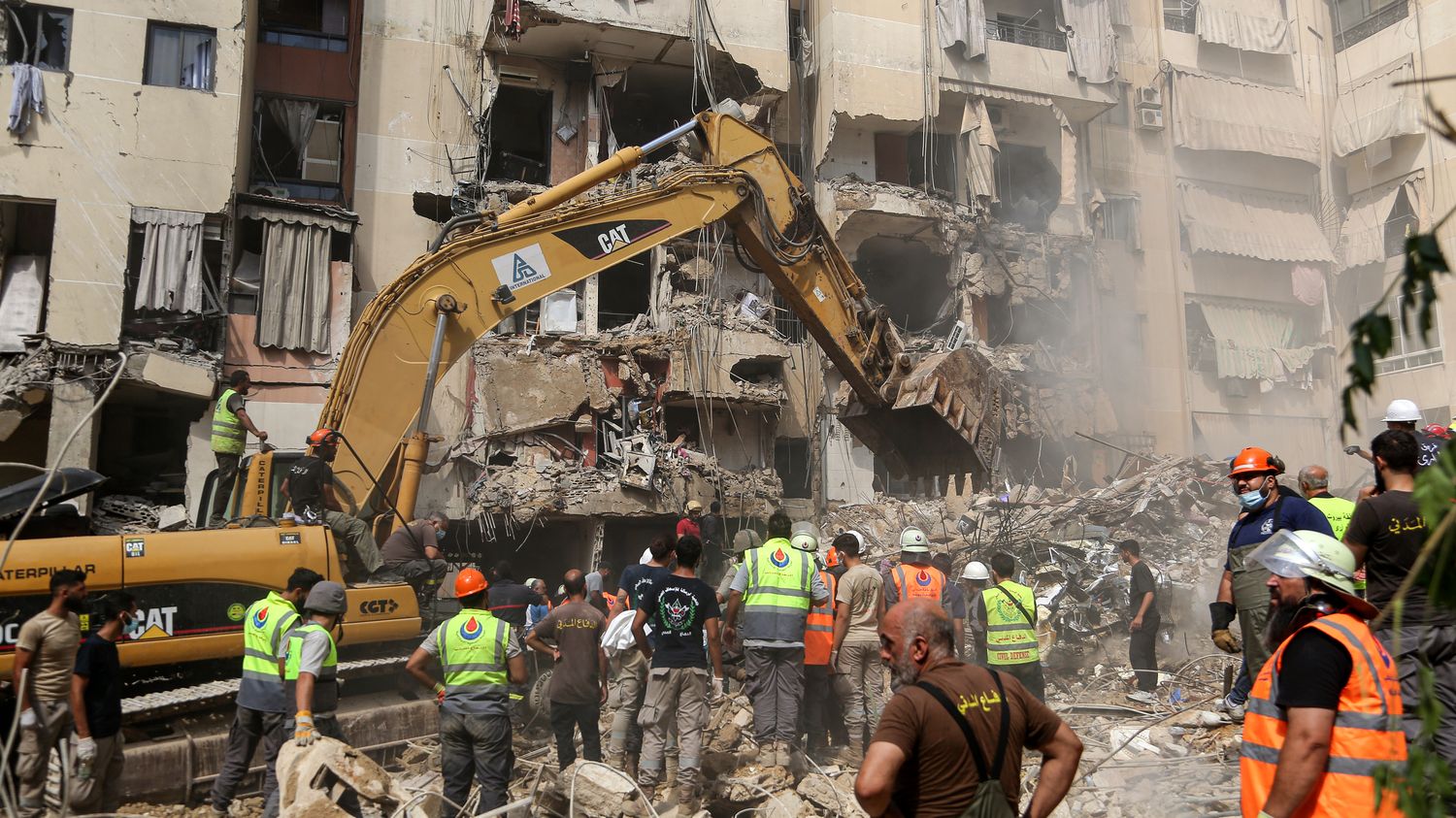Hezbollah, the Shiite group created and guided by Iran, has a much larger arsenal than Hamas. But it also has a highly experienced special unit, the “Radwan force,” which Israel has particularly in its sights.

Published
Reading time: 5 min

After targeting Hezbollah’s command with booby-trapped beepers and walkie-talkies, Israel continues its strikes on the Lebanese militia with its air force, as far south as Beirut and in the Bekaa Valley, in the east of the country. These bombings, which have already left more than 550 dead, continue as tens of thousands of Lebanese flee the south of the country.
Hezbollah also continues to fire rockets deep into Israeli territory. This Shiite formation, created and sponsored by Iran, has a much larger arsenal than Hamas, including long-range missiles. But one of its units is a key to understanding this war: the “Radwan force”. It is a particularly offensive elite unit positioned precisely on the border with Israel.
The Radwan Unit or Radwan Force, sometimes also called Unit 125, is Hezbollah’s elite special forces. Its armed wing is believed to be the most experienced. It was created in the 1990s, but was given the name “Radwan Force” in 2008, in memory of Hezbollah’s number two, who was killed in an attack in Syria. The unit is estimated to have 2,500 members today, although its organizational structure remains secret.
Unlike other Hezbollah units, This is not a defensive force, but a unit designed for the offensive. The Radwan unit is trained in infiltration operations. Its members are hand-picked, they are promised a certain autonomy on the ground and have their own ammunition stocks. The men who compose it are combat engineers, members of specialized commandos, but also military intelligence agents.
This unit is therefore the first that Israel has in its sights, because many of its members are posted in isolated bases in the valley of southern Lebanon, close to the border with Israel. It must also be understood that the Radwan unit is trained and capable of infiltrating Israeli territories in the event of a large-scale war. It is also capable of capturing enemy positions, or taking hostages. This is what it could do in the event of a ground attack by Israel in southern Lebanon, if Hezbollah ever wanted to play the balance of power on the ground.
This strike force comes funding and training organized by Hezbollah, but also its experience. The Radwan unit has long been active in Syria, in support of the regime of Bashar al-Assad. During this conflict, it was stationed in the Aleppo region, then in northern Syria, at least until 2017. It was there that it learned to conduct conflicts in an urban environment, and to perfect its military command.
Since the beginning of this war, it has been weakened and suffered losses. Unlike other Hezbollah factions, Radwan Unit members have not been the most affected by Israel’s sabotage of beepers and walkie-talkies. In fact, they do not use them in order to minimize their exposure to the risk of detection. But on Friday, September 20, an Israeli bombing destroyed a nine-story building in a densely populated area of southern Beirut, eliminating part of the Radwan Unit’s command staff. Ibrahim Aqil, its founder and commander, was killed.
Israel does not hide its objective, that of sending this unit and more generally Hezbollah beyond the Litani River, that is to say about ten kilometers from its border with Lebanon. A war objective that Israel has always failed to carry out, since the creation of Hezbollah in the 80s.
